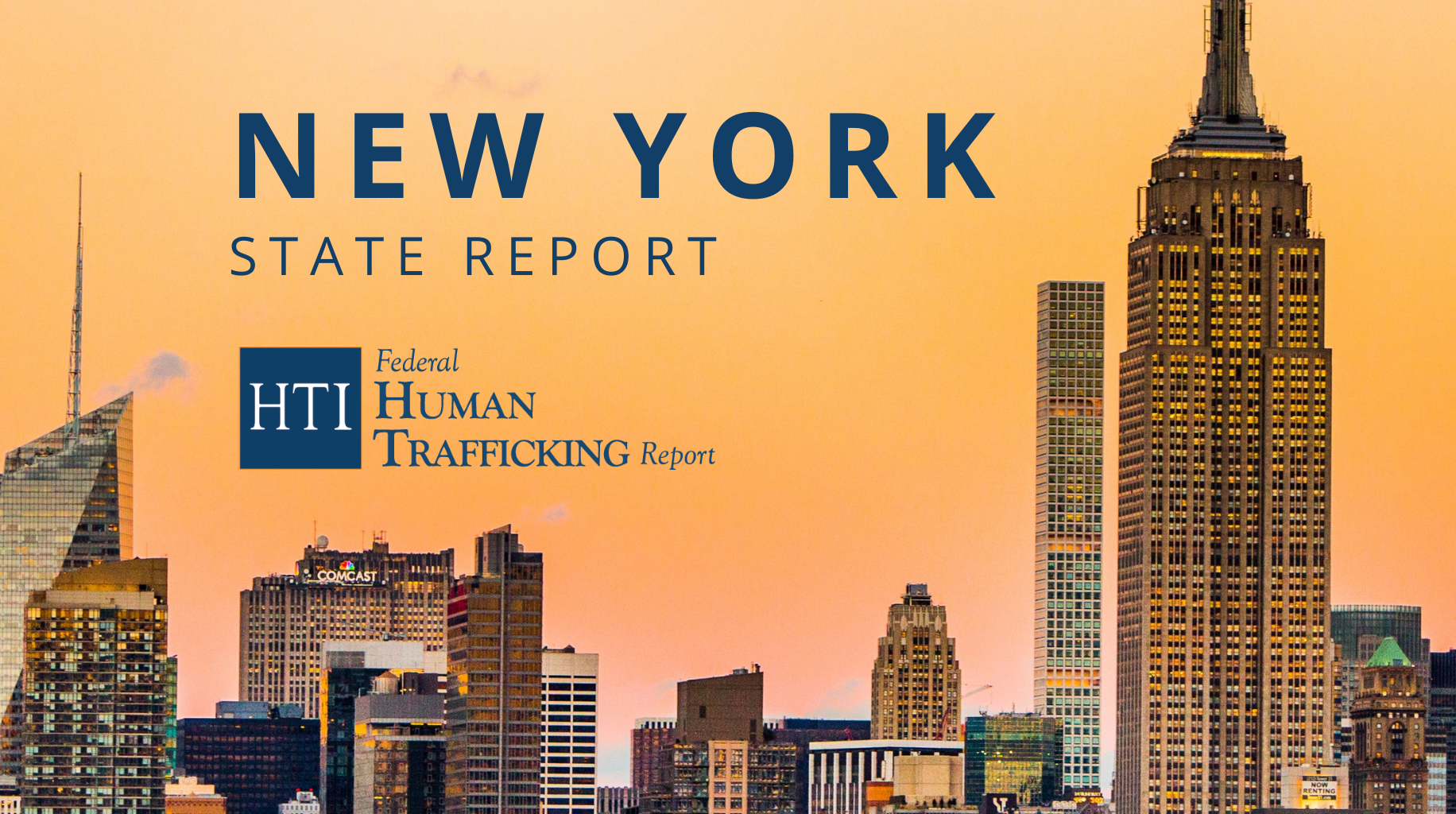Combating Human Trafficking in New York and Virginia: Legal and Social Challenges
THE HIDDEN STRUGGLE IN MODERN AMERICA
In the heart of one of the world’s most developed nations, a silent crisis continues to unfold—hidden in plain sight. Survivors of human trafficking endure unimaginable pain, often trapped by coercion, manipulation, or force. One might assume that such a crime belongs to a distant, darker corner of the world, but it thrives across major U.S. cities and rural communities alike. This article takes a deep dive into how human trafficking cases in New York are evolving and sheds light on the parallel challenges related to human trafficking Virginia is battling. Understanding these dynamics is essential in building stronger prevention and protection mechanisms for vulnerable populations.

CURRENT TRENDS IN HUMAN TRAFFICKING CASES IN NEW YORK
Human trafficking cases in New York have grown increasingly complex, driven by factors like poverty, immigration vulnerabilities, and organized crime. New York, being a hub for international travel and trade, makes it a hotspot for traffickers who exploit this mobility. In recent years, legal agencies and nonprofits have noted a rise in labor trafficking, alongside the traditionally more documented sex trafficking incidents. Many victims remain invisible, either due to fear or lack of awareness about their rights. The legal system has responded with dedicated trafficking courts and awareness campaigns, but enforcement continues to face logistical and evidentiary hurdles. Midway through 2024, authorities identified new trafficking networks exploiting young individuals, particularly in the hospitality and domestic work sectors, further emphasizing the urgent need for reform and education.
SYSTEMIC RESPONSES AND ENFORCEMENT IN NEW YORK
Efforts to combat human trafficking cases in New York include collaboration between local law enforcement and federal agencies, along with community-based initiatives. One major obstacle remains victim identification, as traffickers often isolate their victims from any outside help. New York’s Office of Temporary and Disability Assistance (OTDA) has provided specialized services to trafficking survivors, yet outreach remains limited in high-risk areas. Trafficking survivors from marginalized communities, especially undocumented immigrants, often fear law enforcement and deportation, preventing them from seeking help. Recent reforms have pushed for trauma-informed approaches to prosecution and increased funding for survivor support networks. While these steps mark progress, experts stress that systemic change requires not just policy but sustained public education and community vigilance.
THE SCOPE OF HUMAN TRAFFICKING VIRGINIA IS CONFRONTING
The issue of human trafficking Virginia is confronting takes on different shapes due to its geographical, political, and social makeup. From the rural counties to the urban corridors along I-95, Virginia faces significant trafficking challenges, especially related to forced sex work and domestic servitude. The state’s proximity to major cities like Washington, D.C., makes it part of a regional trafficking circuit. Community leaders have stressed the importance of education and reporting channels, especially for younger populations vulnerable to grooming through social media. In 2023, several sting operations led to the arrest of traffickers who had been exploiting minors across multiple counties, highlighting the organized nature of trafficking in the region. Authorities and advocacy groups agree that vigilance and inter-agency cooperation are key to dismantling trafficking networks and protecting survivors.
LOCAL INITIATIVES AND LEGAL FRAMEWORKS IN VIRGINIA
Community involvement has played a crucial role in addressing human trafficking Virginia continues to battle. Lawmakers in Virginia have enacted several laws over the past decade that increase penalties for traffickers and provide resources for victims, including safe housing and legal aid. However, challenges remain, especially in rural areas where victims often have limited access to support services. Schools, churches, and community organizations have stepped up to offer training and workshops to help the public recognize warning signs. As Virginia expands its outreach programs, partnerships with national organizations and victim advocacy groups have proven essential in building trust with survivors. This collaborative model holds promise, but more funding and training are needed to strengthen these efforts and ensure that victims are empowered rather than penalized.
CONCLUSION: THE ROAD AHEAD IN FIGHTING TRAFFICKING
The fight against human trafficking cases in New York and human trafficking Virginia continues to evolve, shaped by the determination of advocates, law enforcement, and survivors themselves. Despite legal improvements and growing awareness, traffickers adapt quickly, exploiting digital platforms and societal gaps. Long-term success requires multi-level cooperation—from the courts to classrooms—to dismantle trafficking networks and rehabilitate victims. Public education campaigns and policy reform must go hand in hand, while survivor voices need to be at the center of all efforts. For continued progress, nonprofit organizations like traffickinginstitute.org play a critical role by driving research, legal innovation, and training that empower stakeholders across the country. The path forward is difficult, but with informed action and sustained commitment, justice and restoration are possible for those affected.

.jpeg)
Comments
Post a Comment